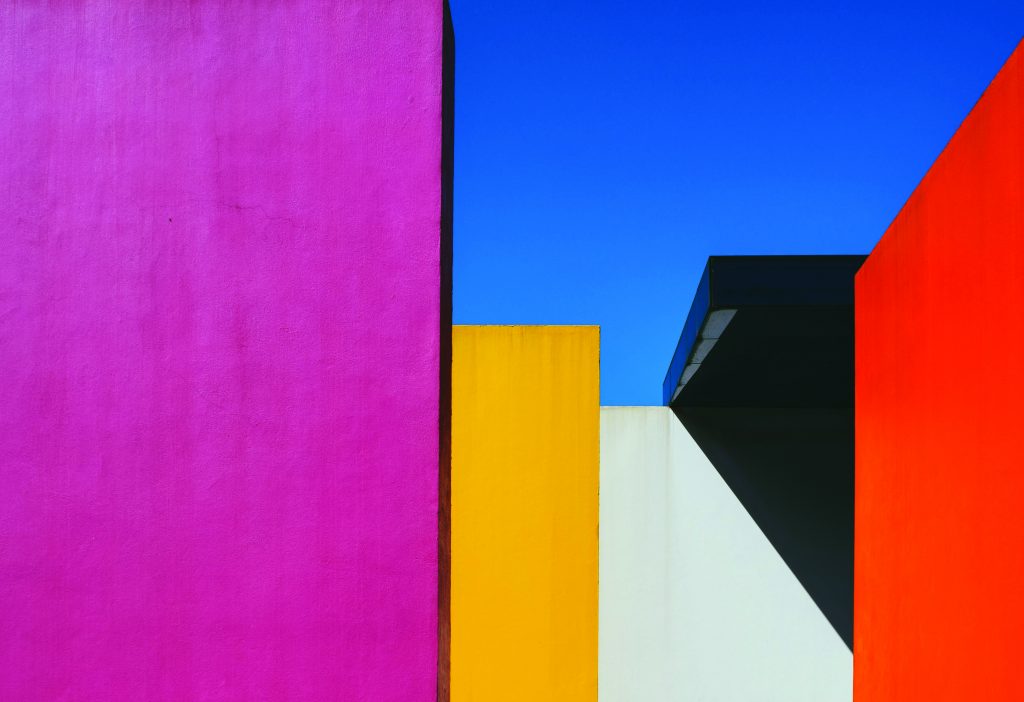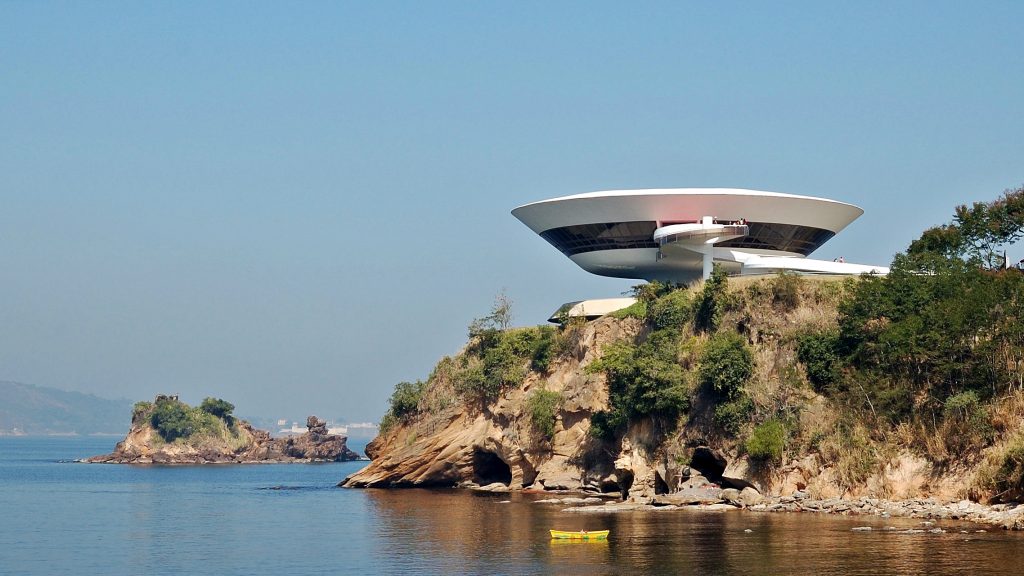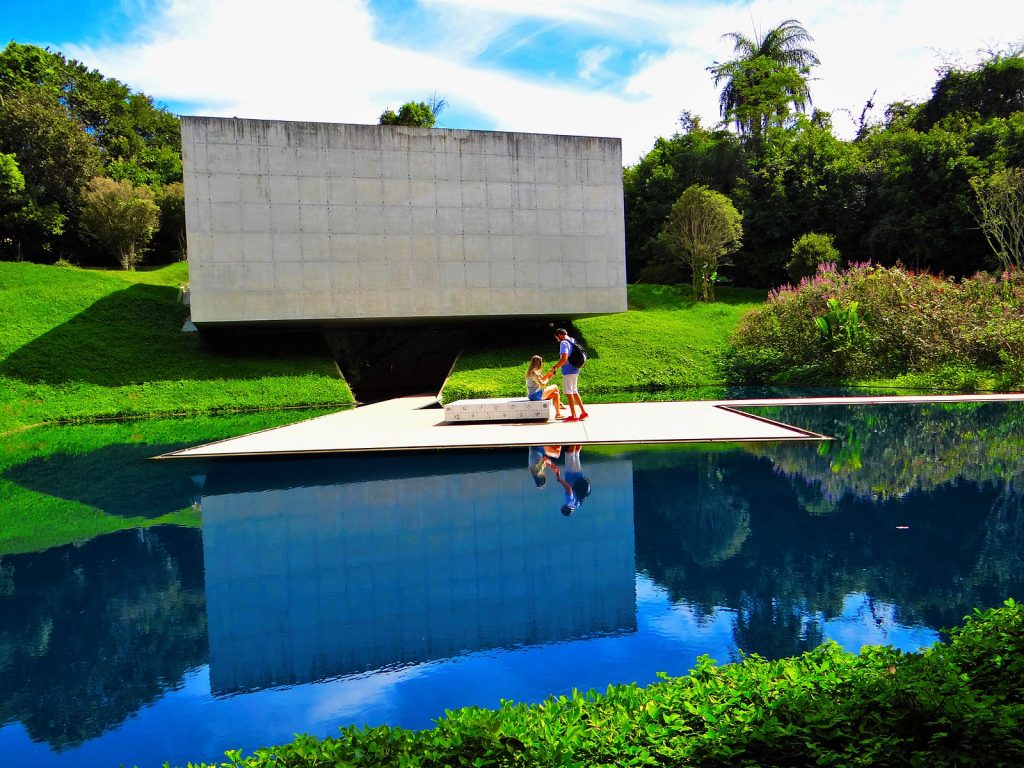Verdant Greens; A tour of São Paulo and Brazil
"In São Paulo, a gallery is an experience that transcends that of the American or European ‘white-cube’..."

In the historiography of Brazilian architecture, at the beginning of the 80s, the distinction between the Carioca School and the Paulista School was very common. The most reiterated commonplace opposed the grace and lightness of the Cariocas forms with the heavy austerity of the Paulist structures. As opposed to the smoother curvy surfaces of Rio de Janeiro, with its Carioca School typified by Oscar Niemeyer, the Paulista work embraced exposed concrete structures, chunkier massing, and rougher finishes. The primary figure associated with the Paulista School is Paulo Mendes da Rocha, who left to the city of São Paulo one of his last projects before he died: the Pinacoteca do Estado de São Paulo, a late 19th century building redesigned by Rocha and located in the centre. The building preserves visual art, with an emphasis on Brazilian Colonialist painting and sculpture ranging from the 19th century up to today.


The city of São Paulo is the most authentic expression of both schools – a city that, despite its many social contradictions, provided a carte blanche to these talented architects during its economic boom in the 50s. A prominent example is the Copan Building designed by Oscar Neymar. Throughout its history, São Paulo underwent various stages of urban expansion. The city tripled its built area and population density in a very short time. Over time, the proletariat increasingly expanded thanks to the arrival of an ever-growing number of immigrants from Europe. São Paulo is like Rio de Janeiro, a city where strong differences reign among the population. The city’s communities are hard-working, with a well-educated middle-class. The more neglected part of São Paulo’s society – the homeless and drug addicts – usually gather in the centre, as well as in other favelas in the city. In Brazil, there are 208 million people and a thousand contradictions, each of which are poured into the country’s politics and administration. Everything that’s happened in Brazil’s recent history is what has always happened, but Jair Bolsonaro’s reckless policies are having devastating and irreversible effects on Brazilian cities.
Brazil is a green country, and not just within its rainforests. The cities are also sprinkled with flowering trees at all times of the year. Nature is very abundant and even in the metropolis, the varieties of trees are many – you can walk along tree-lined avenues, between immense ficus trees and colourful orchids that grow everywhere like weeds. The beautiful neighbourhood of Jardim combines modern architecture, and landscape design in perfect union, one in which the best Brazilian contemporary art galleries have found their stronghold. Jardim District can compete with the districts of Soho and Tribeca in Manhattan for the largest concentration of art galleries, but certainly at more affordable prices.
In São Paulo, a gallery is an experience that transcends that of the American or European ‘white-cube’. A good example is the Galleria Luciana Brito and Nara Roesler or Mendes Wood DM, where green spaces are integrated in the gallery space – where nature and exhibition merge. These are galleries that led to the presence of a lush Brazilian art market in the most significant international fairs. Even the galleries Galería Luisa Strina and Galeria Eduardo Fernandes represent an esteemed list of Brazilian and foreign artists, mainly South American, already accomplished or emerging, such as Alfredo Jaar, Cildo Meireles, Marina Abramovic or Eduardo Berliner. São Paulo is one of the capitals of contemporary art. It is a city that, despite its various social contrasts, is supported by a significant group of refined Brazilian collectors. Its Biennale, born in 1951 is the oldest in the world after that of Venice. Currently, the city is preparing for its 34th edition within the liveliest and most culturally active neighbourhoods. The much-anticipated event will open on March 2020 and is curated by Jacopo Crivelli Visconti.
São Paulo is huge with countless cultural wealth and social disparities expressed by the mixture between European colonists, natives, and the two great diasporas in Brazil – the Japanese and the African; the latter through the slave trade that brought to Brazil over 8 million Africans, mainly from Angola and Congo. Some traditions have survived unimpaired since the time of slavery, for instance as is the case of particular Angolan dishes having been favoured in Brazilian cuisine, or some cults having mixed, giving birth to Candomblé culture. All this can be discovered in the Afro Brazil Museum, located in the Manoel da Nóbrega Pavilion, designed by Oscar Niemeyer in Ibirapuera Park. Even if its curatorial path is full of lacunae, the museum offers the visitor an excellent collection. It is a good history, artistic and ethnographic museum, dedicated to the research, preservation, and exhibition of objects and works related to the cultural sphere of the black community in Brazil. If African emigration in Brazil is recognised, the Japanese diaspora is less known, but it properly portrayed in the Museu Histórico da Imigração Japonesa no Brasil, in the Cambuci district.
The Museu de Arte de São Paulo, or MASP, is located on Paulista Avenue, one of the main streets of the city. It is very famous for being one of the greatest representations of Brazilian brutalist architecture. The history of this museum begins in 1949, having been founded by the famous journalist Assis Chateaubriand, the magnate of the Diàrios Associados group; and the journalist and art critic Pietro Maria Bardi, curator at MASP for 45 years. The Museum of Contemporary Art or MAC, founded by Francisco Matarazzo Sobrinho in 1963 – the same tycoon who founded the Biennial of São Paulo – is dedicated to 20th century and Contemporary Art. It belongs to the University of São Paulo, and indeed is located on the main campus, near the Ibirapuera Park. Both museums offer a rich and orderly curatorial path, which runs through large rooms interchanging the permanent collection and temporary exhibitions.
Brazil is a huge state where the landscape, culture, and traditions are constantly changing. Although the largest concentration of art is in São Paulo, throughout the rest of the country there are museums and cultural institutions immersed in extraordinary contexts – like the Instituto Terra created by the photographer Sebastiao Salgad; the amazing Parque Inhotim; and the Contemporary Art Museum of Niteroi, which lies across Guanabara Bay facing the city of Rio de Janeiro. They are part of the best experiences that can be had in South America.








